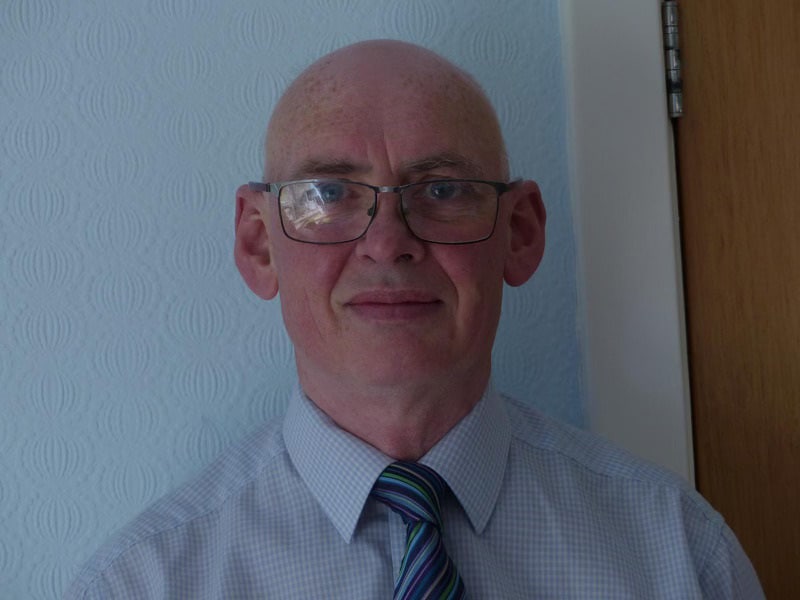Annual medical conference raises awareness of orthotics amongst healthcare professionals

Peacocks Medical Group, which specialises in the delivery of both clinical services and medical equipment to the NHS and the private sector nationally, has this year pivoted its annual orthotics conference to an online event, which was attended by 250 medical delegates.
The event raises awareness amongst healthcare professionals, including physiotherapists, orthotists and podiatrists, of the role of orthotic treatment, as well as complementary interventions in delivering best practice.
This year’s virtual conference theme was stroke rehabilitation. It explored the role orthotics can play in stroke treatment as well as physiotherapy, based on the Bobath approach.
The conference was also a chance to identify how physiotherapists and orthotists can work together to help people who have had a stroke to walk again to the best of their ability.
Speakers included Dr Akif Gani, Consultant and Lead of Stroke Rehabilitation at Newcastle upon Tyne Hospitals NHS Trust, who provided an overview of pathology and early stroke treatment. This was followed by a discussion based on physiotherapists using the Bobath approach by Bobath tutor Paul Johnson.
An alternative technique was then discussed, using orthotics as an embedded part of the stroke service, by members of the team at St George’s Hospital, London.
Bobath Tutor Helen Lindfield also gave an overview of the aims of both orthotic and Bobath treatments before Paul Charlton, Senior Orthotist at Peacocks Medical Group, presented the orthotic perspective and his thoughts on the way forward.
Paul commented: “This was our first online event where we welcomed a range of speakers, all experts in their respective fields. 250 delegates attended, many of whom were physiotherapists, working directly with stroke patients.
“Whilst initially reluctant to switch online, we had an overwhelming response. The aim of the conference was to highlight and share the different thinking and approaches when it comes to stroke rehabilitation and I have also created a professional working group to follow up these discussions.
“As a senior orthotist, this is a subject close to my heart. For many years there has been a considerable gulf towards treatment methods with some physiotherapists reluctant to use orthotic intervention, whilst others make it an integral part of their treatment.”
Prior to COVID-19, the company hosted an annual orthotic conference – FORTH, Forward Orthotic Thinking – at the Centre For Life, in Newcastle, for the last 17 years. Peacocks Medical Group has a long tradition of developing and supporting the orthotic profession and its role in treatments.
Colin Peacock, the immediate past chairman of the company, was instrumental in the development of the profession as a science and recognised allied health profession. He was also the first orthotist to chair the International Society for Prosthetics and Orthotics UK.
The second orthotist to be chair was Paul Charlton, a senior orthotist at Peacocks. Paul also sits on the executive committee of the British Association of Prosthetists and Orthotists (BAPO).
“To practice as an orthotist you need a degree in Orthotics and Prosthetics and at the moment there are only two universities in the UK offering this, Strathclyde and Salford,” Paul continued. “However, within the next two years there will be an Apprenticeship degree and an accelerated qualification leading to a Masters degree.
“Alongside a range of fantastic speakers, the conference raises our profile in rehabilitation and showcases our dynamic and progressive nature.
“In my discussion, I highlighted the benefits of using orthoses in treatment. An orthosis is an apparatus that supports, aligns and protects a deformity or helps to improve mobility of a section of the body.”
Paul also shared insights into a knee ankle foot orthosis (KAFO) he devised for hemiplegic treatment. He developed a novel use of a modified simple full leg caliper to assist stable standing and stepping as part of a therapy regime.
“I have tried to understand the different approach taken by Bobath physiotherapists, who advocate a specific type of rehabilitation treatment, which aims to improve movement and mobility in patients that present with damage to their central nervous system,” he added. “I have also been fortunate enough to attend some Bobath courses. Frustratingly, whilst I can see benefits in both approaches, most practitioners seem to be in one camp or the other.
“My immediate ambition is for orthotists and those more involved in the biomechanical approach, to better understand those who are not using that approach and, similarly, for those not using a biomechanical approach to better understand what it has to offer.
“My longer-term ambition is for experts to come together on an international platform to agree guidelines and recommendations as to the best way forward.”

